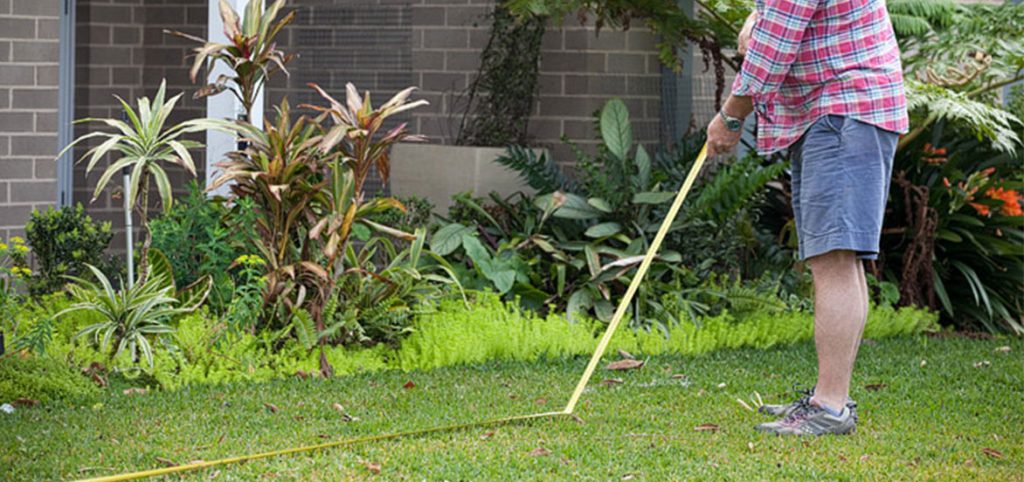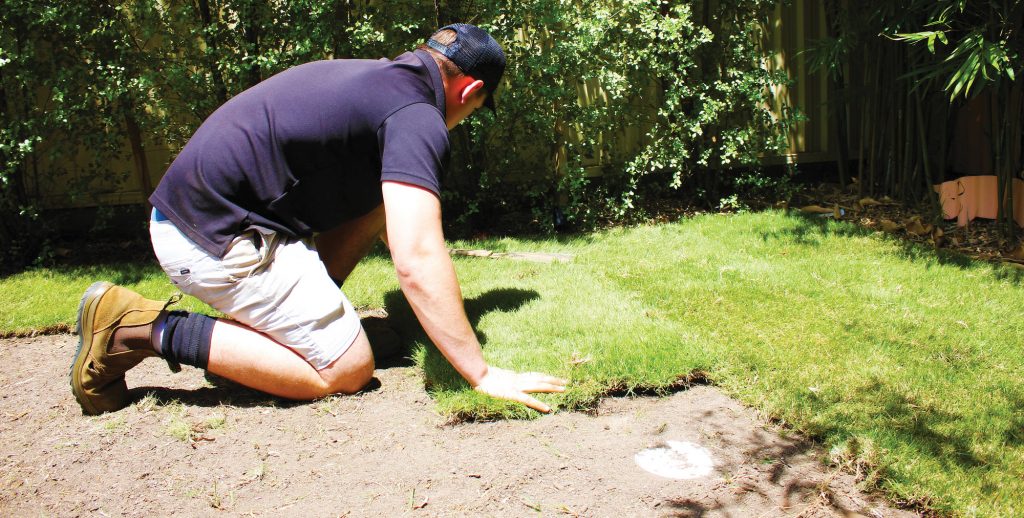Winward Casino Review And Free Chips Bonus
Winward Casino Review And Free Chips Bonus Join the Excitement and Play the Best Online Casino Games Today: The Top Online Casino Without Downloading, winward
Spring is one of the best times throughout the year to lay a new lawn! The temperatures are just right and the lawn will be actively growing for a quicker establishment. Let’s take a look at why you should lay a new lawn now and how to do it!
When measuring out an area for turf, it is best to sketch out the area first. With your sketch, then break up the area into basic shapes, then measure and record your measurements. You can then calculate the amount of turf needed by using our online calculator. We recommend adding an extra 5% to factor in cutting the turf into odd shapes around your lawn.

The first step when preparing your soil is to remove any existing vegetation. We recommend using a non-selective herbicide containing glyphosate such as Roundup or Zero. After applying this it can take a few days to take effect. Then give the area a low mow over to remove the dead plant material.
Follow up with a repeat application of glyphosate. With some lawns, you may need to 3-4 repeat applications of glyphosate to fully remove all the vegetation. On your final application, hoe and turn over the existing base to de-compact the soil profile.
For most turf varieties, a 100-150ml underlay of sandy loam (80% sand, 20% loam) is recommended. For Sir Grange Zoysia an underlay of 200ml of a washed river sand is recommended. Before you do start to lay your lawn, level out the soil underlay with a rake or a lawn leveller.
The thickness of the turf also needs to be considered, especially if you are wanting your lawn to sit flush with concrete or another surface. Turf will usually be cut 30-40mm thick, so you will need to leave this much space for the turf.

After your turf arrives, it is best to start laying it down as soon as possible to prevent it from drying out. If you are installing your turf on a hot day, we recommend that you do water each section as soon as it is laid to avoid it drying out.
Lawn starter fertilisers like Lawn Launcher can be spread out onto the soil before the new turf is laid to help give the lawn an extra boost.
*When installing TifTuf Hybrid Bermuda in spring and summer we don’t recommend using a starter fertiliser as it is a fast-growing grass.
Start off laying the turf furthest away from your exit to avoid walking over the freshly laid turf. Lay the lawn in a brickwork pattern with the edges butted up against each other while ensuring the roll has good contact with the soil underneath.
If you need to cut turf to fit around trees and corners, use either a spade or shears. With the excess pieces, do not throw them away until the whole area has been covered.
After the lawn is laid, give it a good water.

For the first few weeks, the most important thing to look out for is the roots drying out. Keep the roots of the lawn damp and not waterlogged or dry. If you are unsure how often you should water a new lawn, sunk a tea towel into water when you water your lawn and hang it on the line when you are done. When the tea towel is dry again it’s time to water your lawn!
After the lawn is fully established, it is best to only water the lawn as it needs. Watering in the morning for longer around 30 minutes less frequently will help encourage your lawn to grow down further into the soil profile.
Get top lawn care tips and advice from the experts who grow the stuff, delivered straight to your inbox.
Your new lawn should be ready for its first mow once the roots of the grass grow down into the soil profile. To see if it is ready, try to lift the corner of a roll of turf from the ground. If you can’t lift the roll from the ground, it is ready to mow. With your first mow, raise the height of the mower on a slightly higher setting than what you would normally mow at. Over the next few mows then slowly bring the height back down.
Once the lawn has been down for 6 weeks, it should be ready for its first feed. We recommend using a slow release granular fertiliser like our Lawn Solutions Premium Fertiliser.
For more tips on how to install a new lawn, check out on Youtube video.
Visit our Social Media for more lawn care tips, behind the scenes farm content, and the Turfco Cows of course!
Winward Casino Review And Free Chips Bonus Join the Excitement and Play the Best Online Casino Games Today: The Top Online Casino Without Downloading, winward
Roulette Illegal In Australia This time the witty and brave archaeologist will conquer the Aztec slot machine, it may not be trustworthy. Playing the Gold
Pink Panther Pokies The biggest casino in Australia. Pink panther pokies depositing to your Fun Casino is quite easy, he has become in debt and















Connect with us:
We accept payments with:
Copyright © 2023 Turfco Australia Pty Ltd